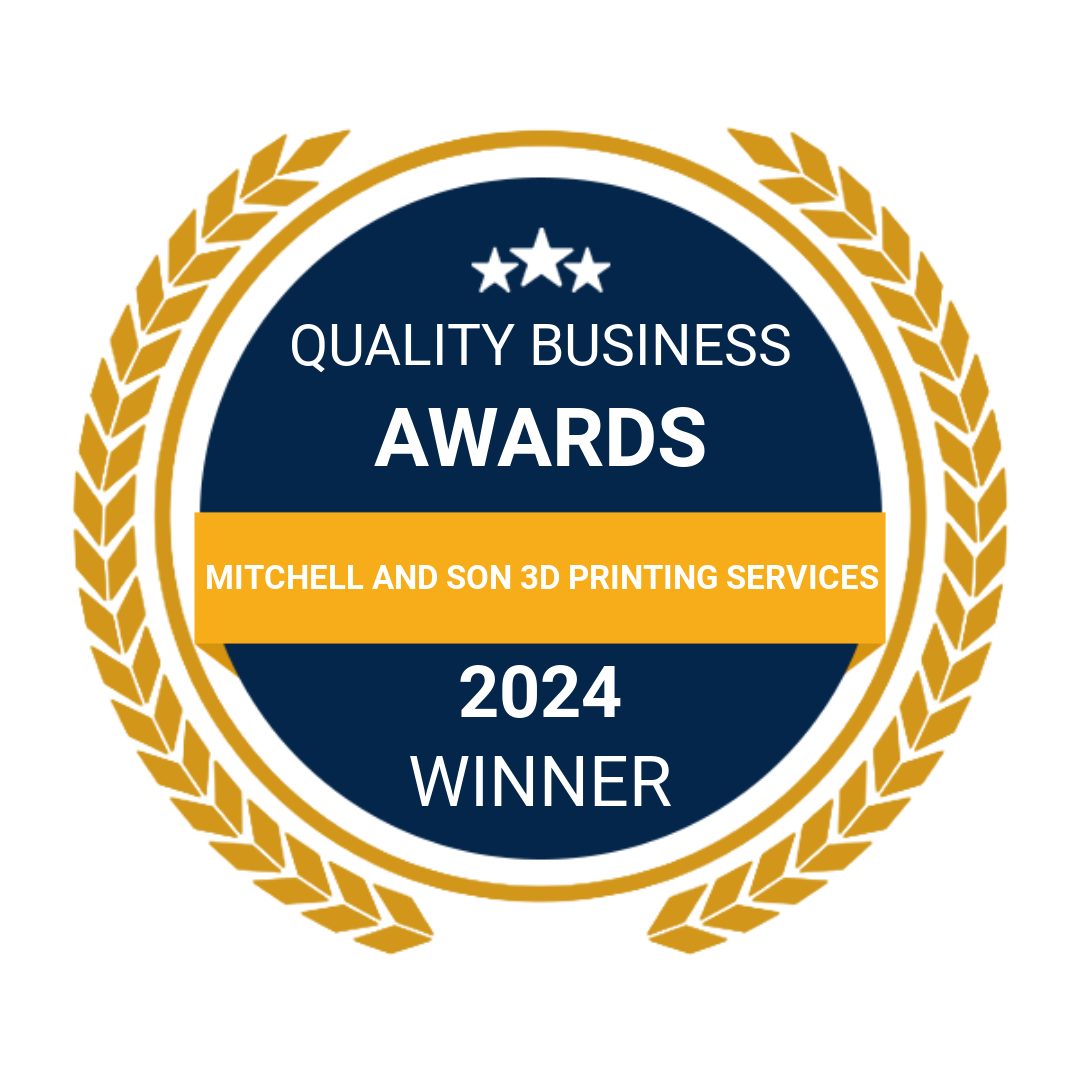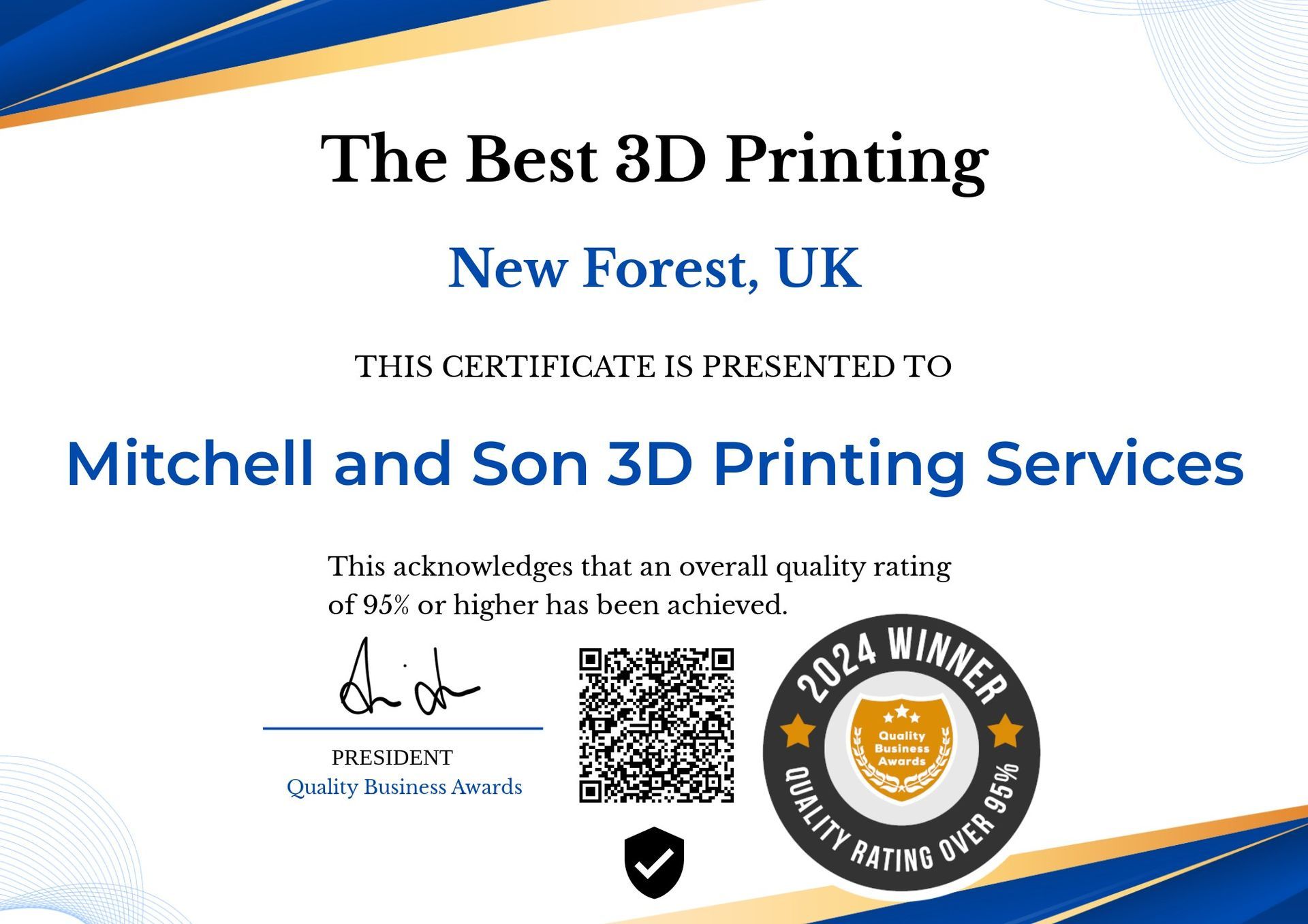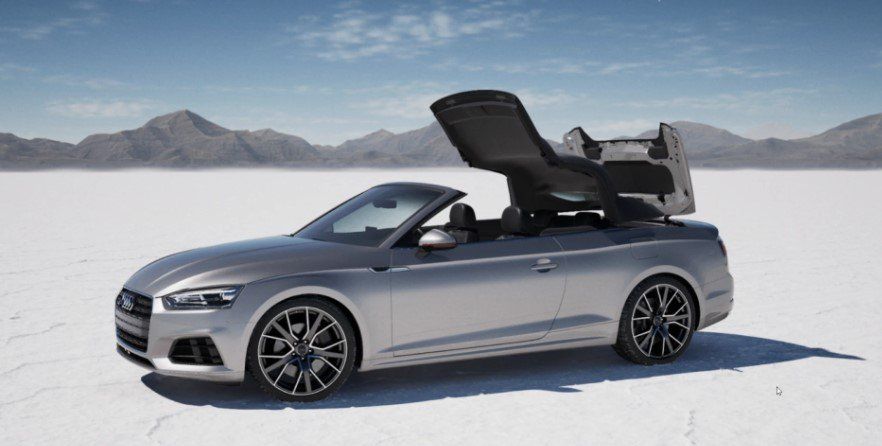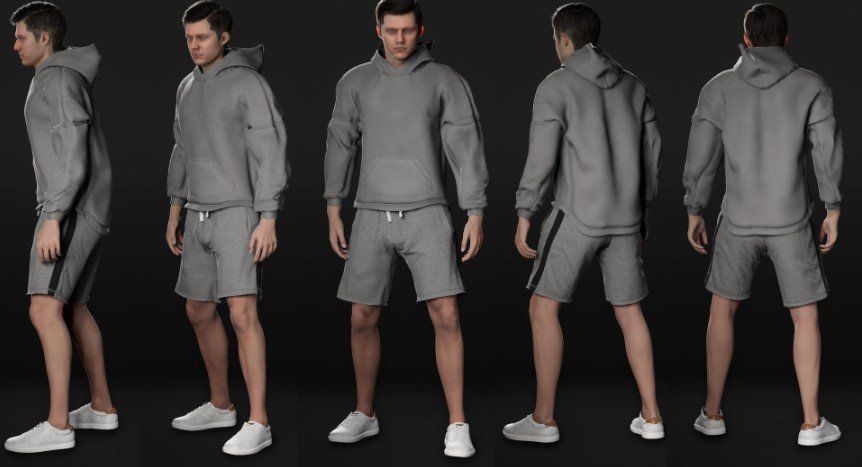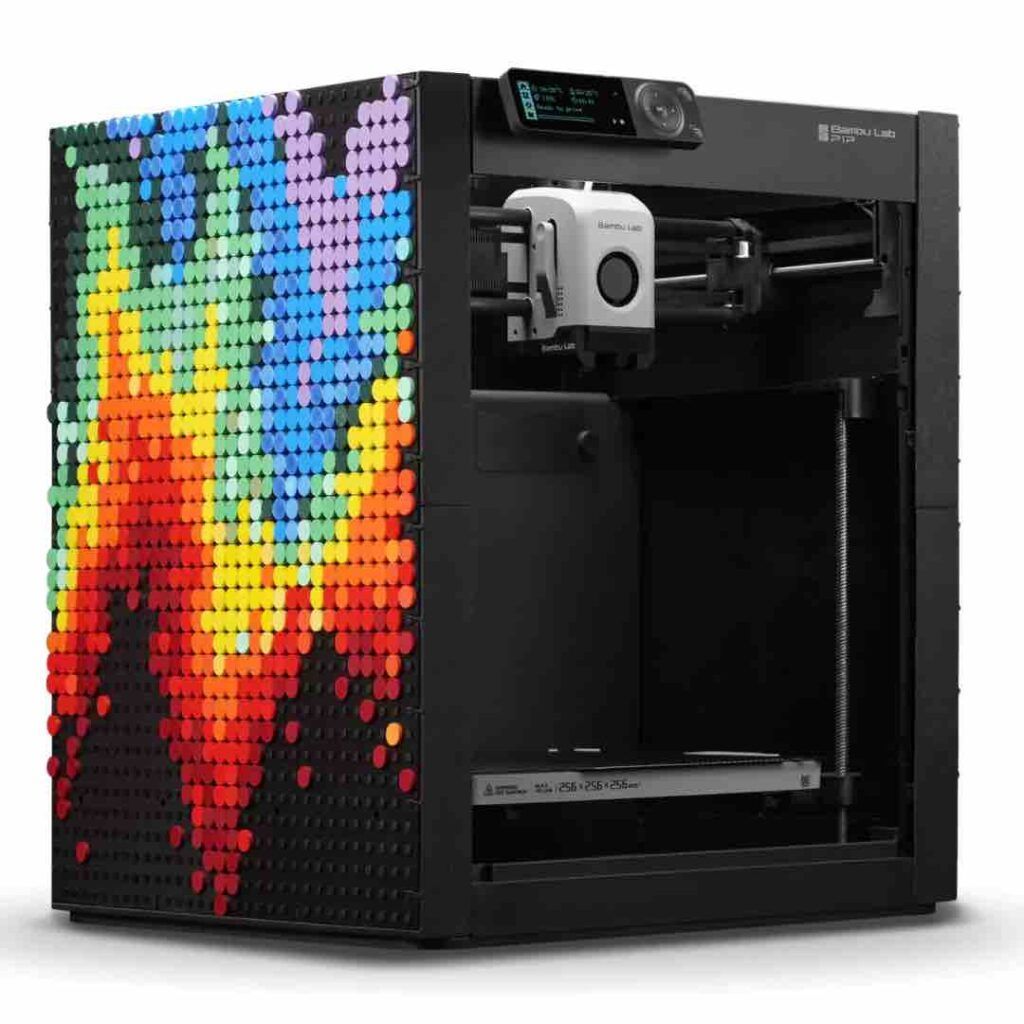Why 3D Modeling is important for Quality 3D Print
3D Printing Production: Why 3D
Modelling is Important

When it comes to manufacturing, the possibilities are endless with 3D printing. With this innovative technology, businesses can now create products with non-standard geometries, produce hard-to-manufacture components more cost-effectively, and even manufacture completely bespoke products that would have been unachievable using older methods. In many cases, 3D printing also allows for the creation of final products that are lighter and have a smaller carbon footprint than traditionally manufactured goods. The benefits of 3D printing are almost endless. However, there are some challenges facing businesses that wish to adopt this technology as part of their production process. One of these is effectively visualising your design for promotional or marketing purposes before you print it out. This blog post will discuss why effective visualisation is important when it comes to producing high-quality 3D printed objects, how Unreal Engine can provide the best quality rendering for promotional and marketing purposes and what other challenges may arise when adopting 3D printing into your business processes.
Why is 3D Modelling Important for 3D Printing?
The quality of your 3D modelling determines the quality of your 3D printed product. If your 3D model is not up to scratch, you will likely experience some issues when printing, such as warping and incomplete details. Ultimately, you will also be presented with an end product that does not look as professional and high quality as it could. You may find that your 3D printed objects are not up to the same standards as your traditionally manufactured products if you do not spend enough time on your designs. For example, an object that has been 3D printed with a rough surface finish will not look as professional as a traditionally manufactured equivalent. This is especially true if your product is intended to be sold or used in a professional setting. Another key factor when it comes to modelling is ensuring that your design can be manufactured in the most efficient and cost-effective manner possible.
3D Printing in Manufacturing: The Basics
When it comes to manufacturing with a 3D printer, you can typically create two different types of products: end-use parts and tooling and moulds. For end-use parts, you can use 3D printing to create finished products that are ready for use and do not require any further processing. For example, if you operate a business that creates custom vehicle accessories, you could print out carabiners and magnetic car mounts for your customers rather than manufacturing these items using more traditional methods. For tooling and moulds, on the other hand, you can use 3D printing to create moulds and moulds that allow you to create parts for your business with greater precision and accuracy than would be achievable with other methods such as injection moulding. For example, if you operate a business that creates custom-made hearing aids, you could use 3D printing to create moulds that accurately fit the unique ear shapes of different customers. This would allow you to create a more bespoke product, which is ideal for customers who want a more personalised hearing aid.

What are the challenges when adopting 3D printing?
It is important to remember that 3D printing is not suitable for every product that your business manufactures. Instead, this method is best used to create smaller, more complex products that may be too labour intensive to produce using older methods. For example, if you operate a business that makes and sells wooden furniture, you may wish to use 3D printing to create small items such as wooden bowls or coasters. It is unlikely that you could feasibly produce large items such as tables and chairs using 3D printing. This is because 3D printing is an iterative process, which means that each item must be printed layer by layer. This is great for smaller, intricate items, but is not practical for larger items as it would take too long. In addition to this, you may find that your business is not properly equipped to adopt 3D printing. For example, if you have a small team, you may struggle to create large, complex objects that can be printed using this method.
Visually displaying your designs
When you are modelling your design, it is important to render your design in two different ways. Firstly, you should render your design in the ‘outline’ mode, which will allow you to see the colour and shape of the design, but should not display any textures. Secondly, you should render your design in the ‘textured’ mode, which will display the designs with any textures applied, such as the colour of an object’s surface. This will allow you to see exactly what your design will look like with textures applied. By rendering your design in these different ways, you can ensure that you are creating a high-quality 3D model that looks as realistic as possible.
Other challenges may arise when adopting 3D printing
As we have discussed above, 3D printing is not suitable for every manufacturing process. Therefore, if you decide to adopt 3D printing for your business, you must be strategic about which processes you use this technology for. Making sure that your design is optimised for 3D printing is also important. This means ensuring that your design is as dense as possible to reduce the amount of material used during the printing process. You can do this by removing any unnecessary features and reducing the amount of space between features. For example, if you are modelling a car, you must make sure that the design includes the important parts that make a car function – the wheels, engine, seats, and so on – but does not include additional features that are not necessary, such as the window handles.
Unreal Engine can provide the best quality rendering
When it comes to rendering your design, you should always aim to use the highest quality settings. This will ensure that your design looks as realistic as possible, which will allow you to make any necessary design changes more easily. You should also choose a rendering engine that offers the best quality possible. For example, Unreal Engine offers high-quality rendering with realistic materials and textures.
Conclusion
When it comes to visualising your designs, it is important to ensure that they are as realistic as possible. You can do this by using Unreal Engine to render your designs with high-quality settings. Doing so will ensure that your designs look as realistic as possible, which will make any necessary changes easier to make. Ultimately, when it comes to 3D printing, the quality of your design determines the quality of your printed product. With this in mind, it is important to spend enough time modelling your design to make sure that it is high quality.


